Attract Ladybugs And Keep Pests At Bay With These 10 Must-Have Plants
Want to welcome ladybugs into your garden and say goodbye to pesky pests? It’s easier than you think! By planting a few key beauties, you can create the perfect haven for these natural bug-busters.
Not only will your garden flourish, but you’ll also get some extra help in keeping things pest-free, all while adding vibrant colors and textures to your space.
Let’s plant some magic and watch those ladybugs do their thing!
1. Marigolds
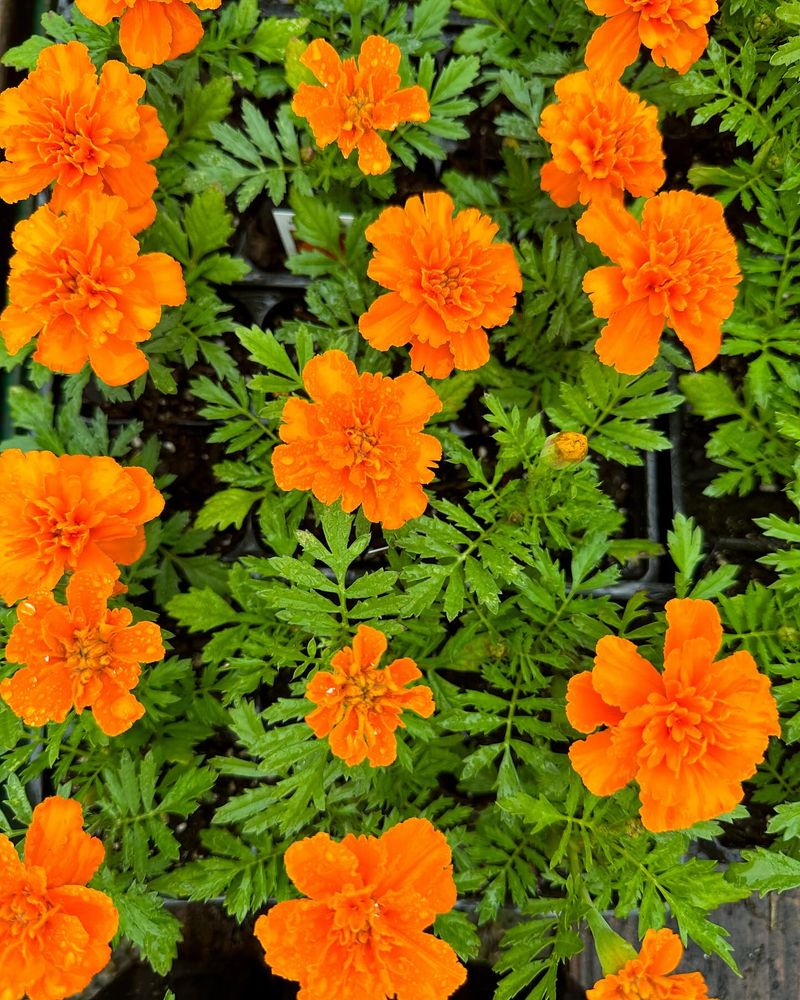
Bright pops of orange and yellow bring more than just cheerful color to your garden beds. Marigolds release a distinct scent that many harmful insects absolutely hate. Their strong fragrance acts as a natural deterrent to whiteflies, aphids, and even some nematodes lurking in your soil.
Plant these sun-loving flowers as protective borders around vegetable gardens or scatter them throughout your landscape. Ladybugs appreciate marigolds as hunting grounds since they attract small prey insects without driving away the beneficial predators.
2. Dill
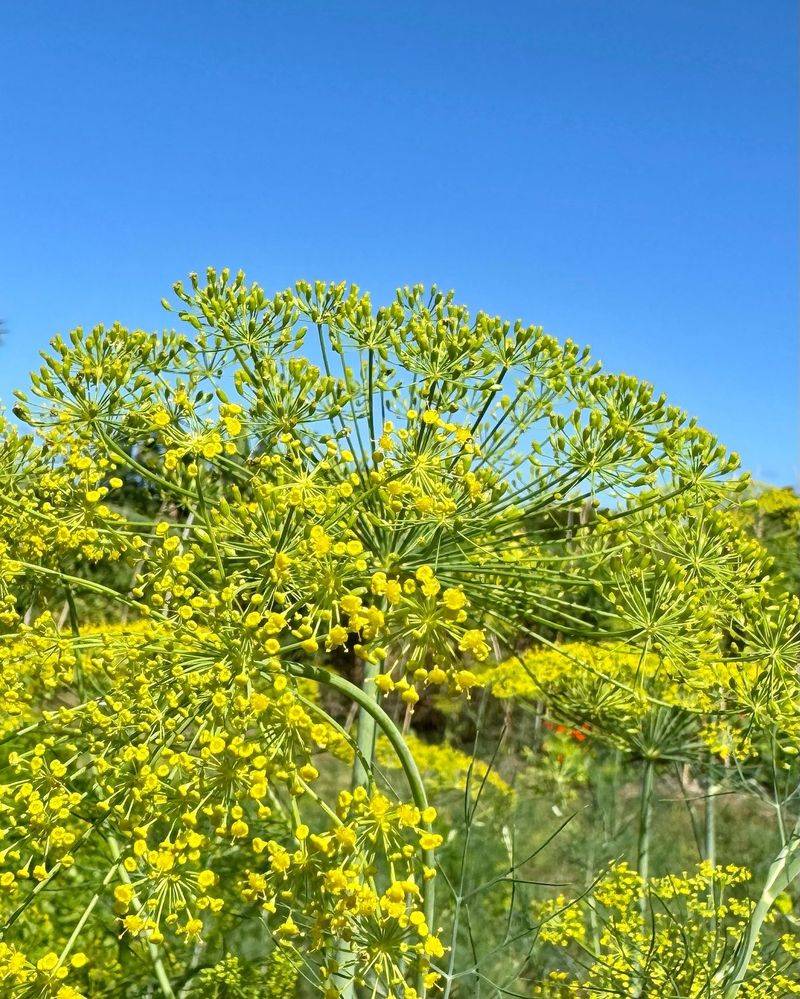
Feathery and fragrant, this herb creates the perfect playground for beneficial insects while adding gourmet flavor to your kitchen creations. The delicate yellow flower clusters become bustling ladybug hotspots during summer months, offering both nectar and the perfect hunting grounds for these spotted garden helpers.
Allow some dill plants to flower rather than harvesting all the leaves. The umbrella-shaped blooms attract ladybugs with their sweet nectar while also providing an ideal spot for them to lay eggs near aphid colonies – essentially creating a natural pest management system.
3. Fennel

Tall and architectural, this Mediterranean native creates a stunning vertical element in any garden space. Fennel’s feathery foliage and yellow umbrella-shaped flower heads become bustling hubs of beneficial insect activity, particularly for ladybugs searching for both nectar and prey.
The anise-scented leaves and flowers naturally attract aphids – which might sound counterproductive until you realize these aphids act as living bait. Ladybugs flock to fennel precisely because of this ready food source, creating a natural trap crop that keeps pests away from your more valuable garden plants.
4. Yarrow
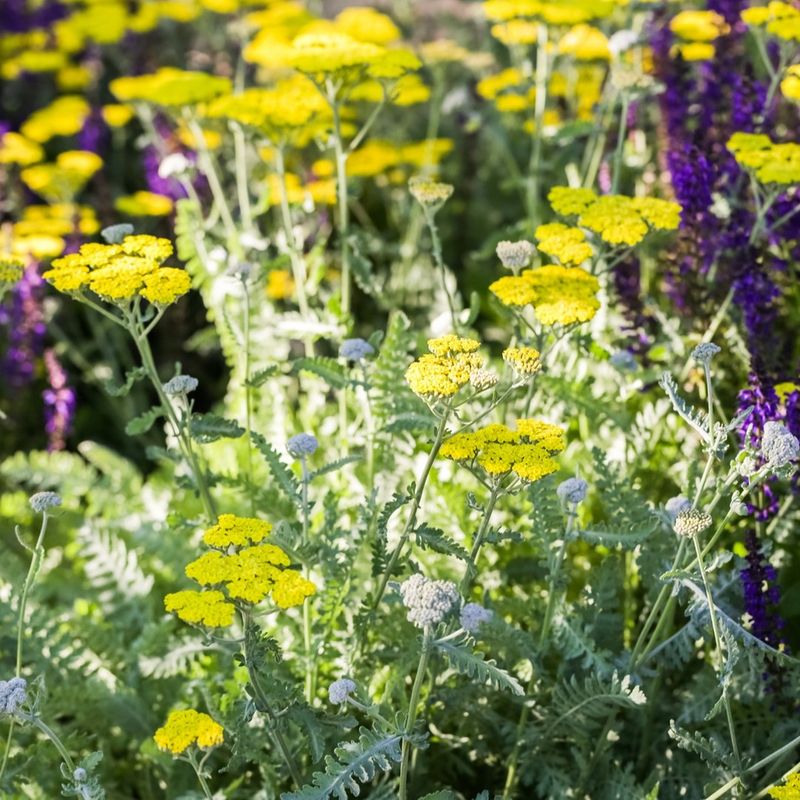
Drought-tolerant and virtually indestructible, this native perennial earns its place in any garden focused on natural pest management. The flat-topped flower clusters provide perfect landing pads for ladybugs and other beneficial insects while adding carefree color throughout the summer months.
Yarrow comes in an array of colors beyond the traditional white – look for varieties in yellow, pink, red and even terracotta tones. The fern-like foliage creates dense ground cover that discourages weeds while the flowers serve as critical refueling stations for adult ladybugs seeking nectar.
5. Cosmos
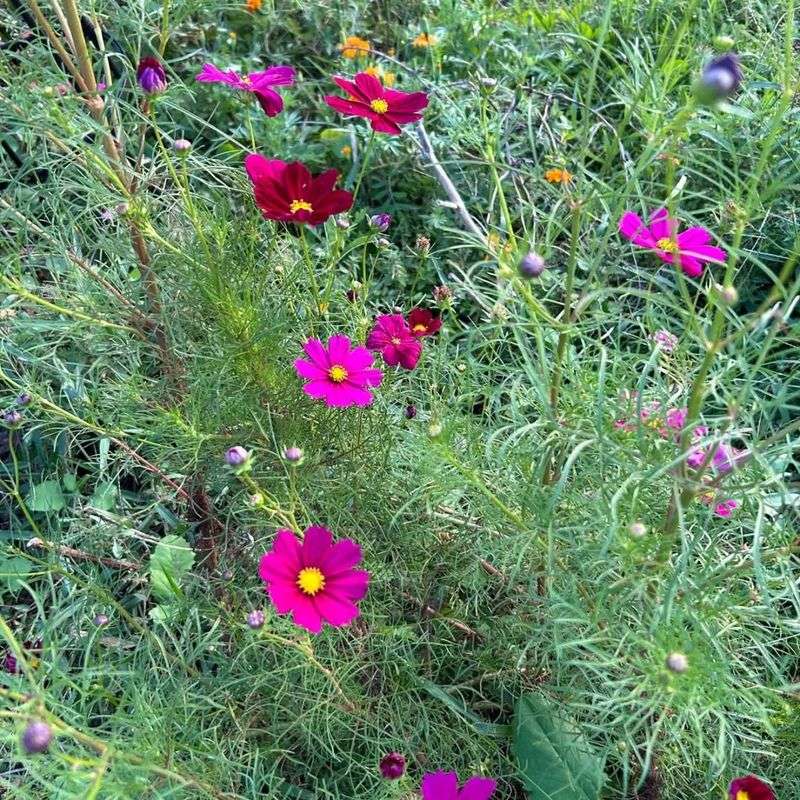
Dancing on slender stems above delicate ferny foliage, these daisy-like blooms create movement and life in summer gardens. Cosmos flowers provide essential nectar for adult ladybugs while their open structure creates the perfect hunting ground for these beneficial predators to search for aphids and other pest insects.
The beauty of cosmos lies in their carefree nature – simply scatter seeds in spring and enjoy months of blooms with minimal care. Their airy structure allows them to blend beautifully with more structured garden plants while creating essential insect habitat throughout the growing season.
6. Cilantro
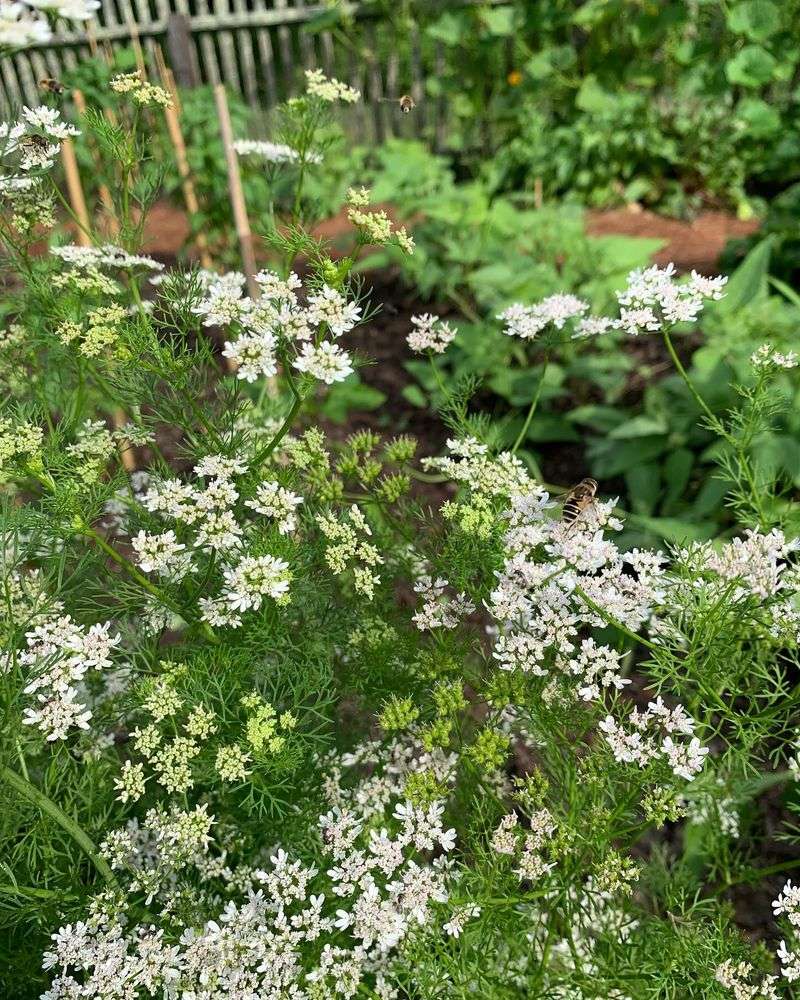
Aromatic and versatile, this kitchen favorite doubles as a powerful pest management tool when allowed to flower. The delicate white blooms that appear when cilantro bolts might end its usefulness in culinary dishes, but they mark the beginning of its role as a ladybug magnet in your garden ecosystem.
Cilantro’s tiny flowers provide essential nectar for adult ladybugs while attracting aphids that serve as food for ladybug larvae. This creates a perfect nursery habitat where beneficial predators can complete their life cycle while keeping pest populations in check throughout your garden.
7. Calendula
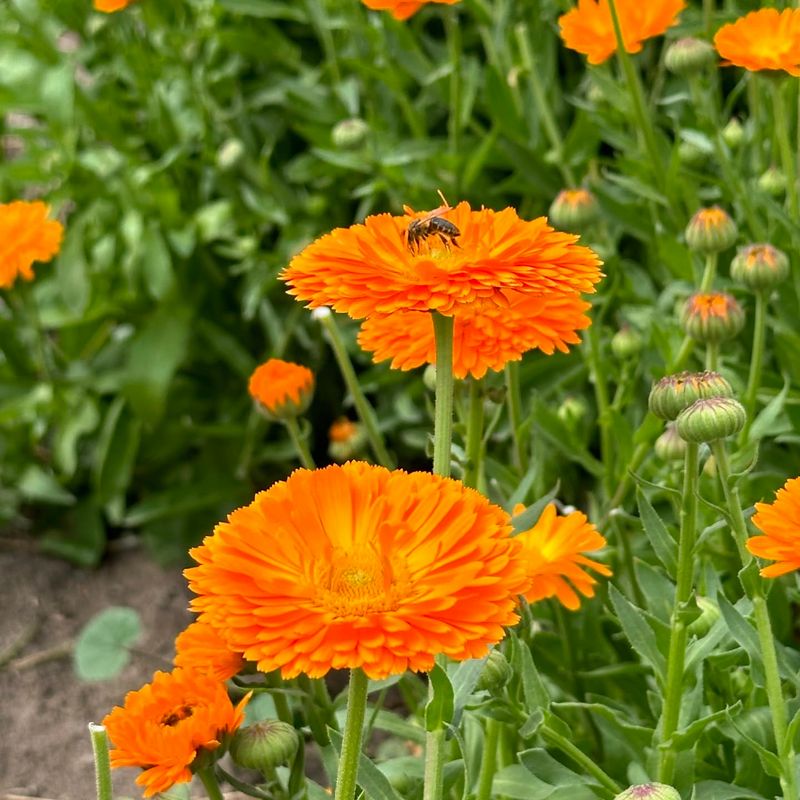
Cheerful and resilient, these sunny blooms keep flowering from spring until frost with minimal care. Calendula’s sticky stems naturally trap small pest insects, creating convenient hunting grounds for ladybugs and other beneficial predators that patrol your garden looking for an easy meal.
Beyond their pest-fighting abilities, these edible flowers add bright splashes of orange and yellow throughout the growing season. The resinous stems and leaves emit a distinctive aroma that confuses many pest species while attracting the beneficial insects that help keep your garden in balance.
8. Coreopsis
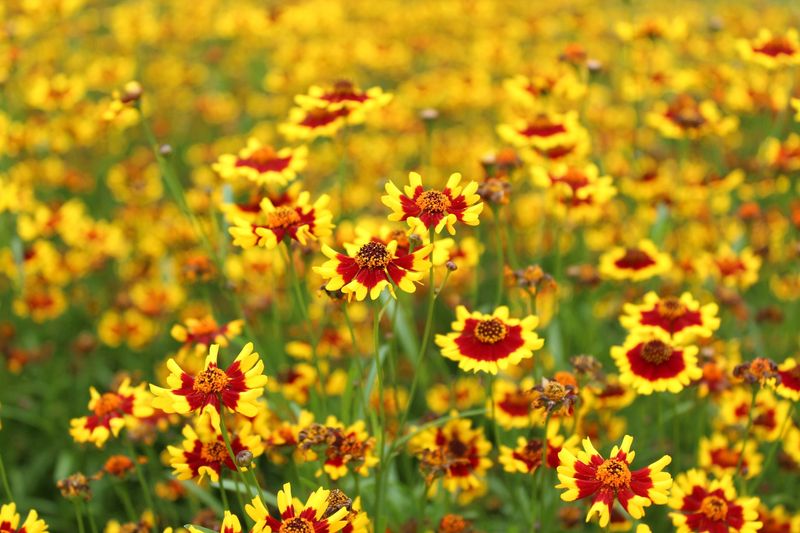
Reliable and long-blooming, these native wildflowers create season-long color while supporting dozens of beneficial insect species. The bright yellow or bicolor blooms of coreopsis act as beacons for ladybugs searching for both nectar and prey insects among the finely-textured foliage.
Once established, these drought-tolerant perennials require almost no maintenance while providing essential habitat for the beneficial insects that keep your garden healthy. Their compact growth habit makes them perfect for borders, containers, or naturalized areas where their cheerful flowers can brighten the landscape.
9. Alyssum
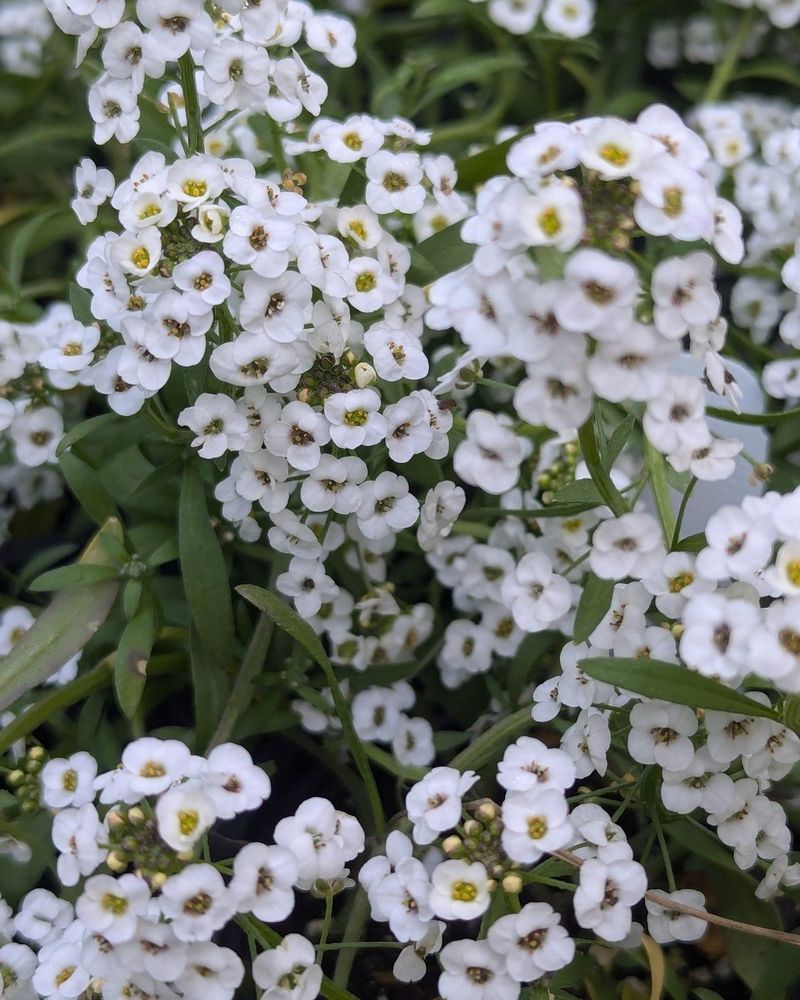
Cascading over garden edges with a honey-sweet fragrance, this low-growing annual creates perfect ground cover while serving as a ladybug magnet. The tiny clustered flowers produce abundant nectar that attracts and sustains adult ladybugs between their pest-hunting expeditions throughout your garden.
Alyssum’s dense growth habit also provides protected spaces where ladybugs can shelter from extreme weather and predators. The carpet-like spread effectively suppresses weeds while creating humid microclimates that many beneficial insects prefer for laying eggs and establishing colonies.
10. Sunflowers
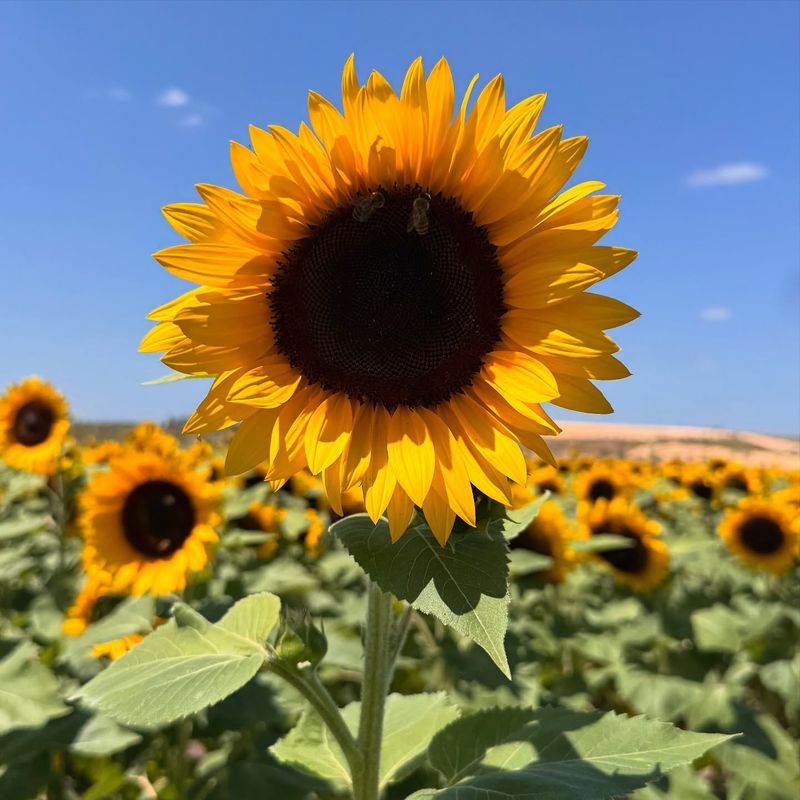
Towering above other garden plants with their cheerful faces turned toward the sky, these summer icons provide more than just beauty. Sunflowers create essential vertical habitat in garden spaces, offering landing zones and hunting grounds for ladybugs patrolling for aphids and other soft-bodied pests.
The large flower heads naturally attract aphids to their sticky stems – which might sound problematic until you realize this concentrates pest pressure away from other garden plants. Ladybugs quickly find these aphid colonies, establishing natural control that requires no intervention from gardeners.

